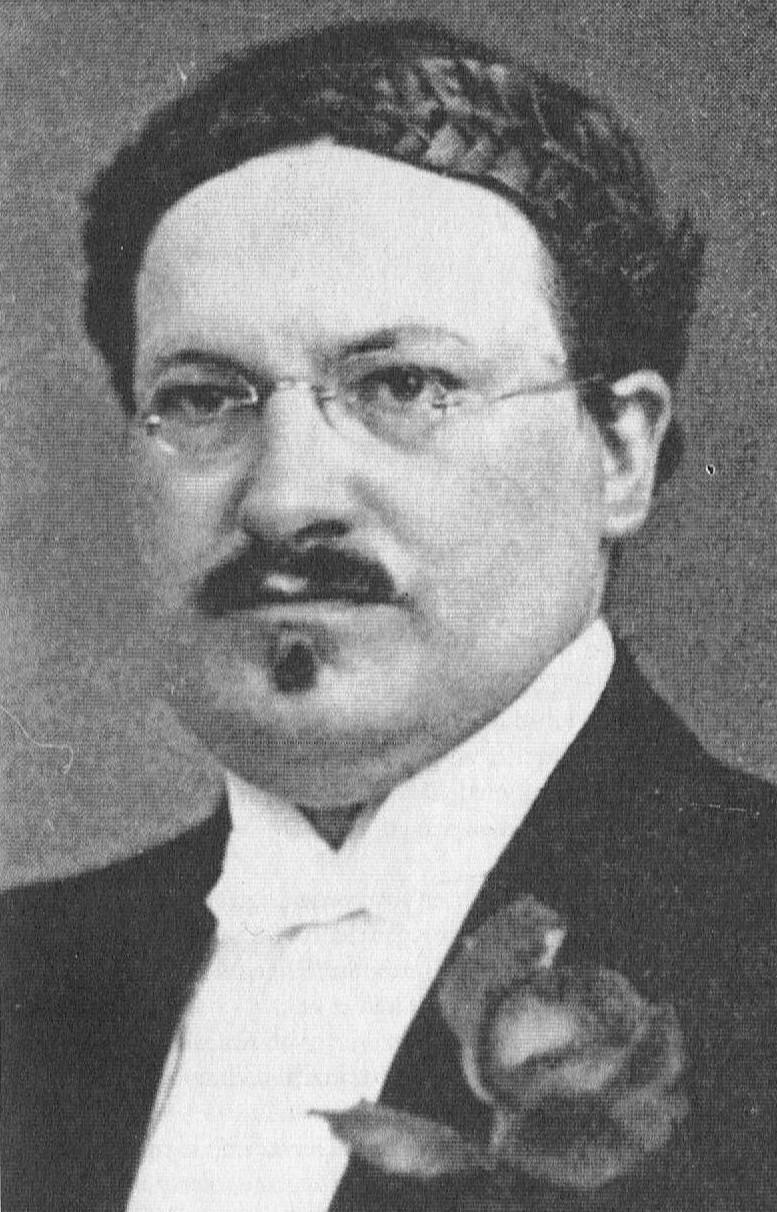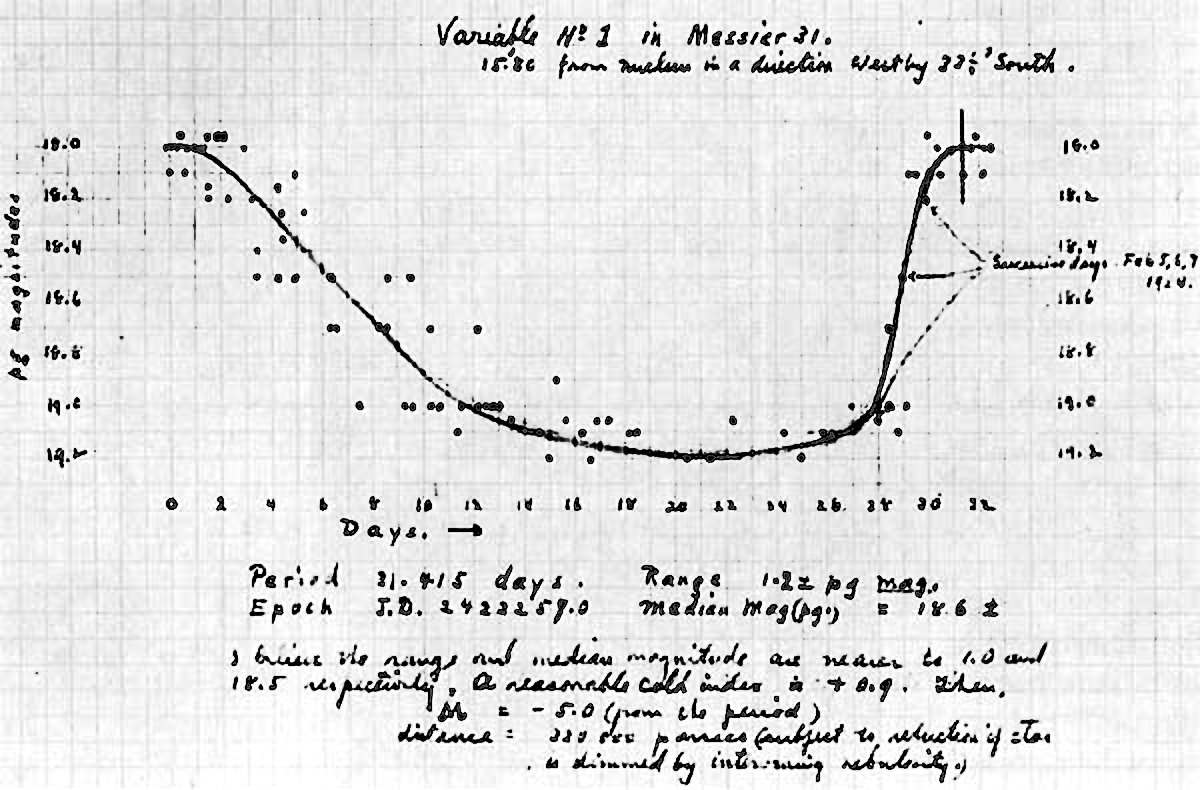 Knut Lundmark at his PhD graduationIn 1920 presented his 78 page doctoral dissertation (including one plate with the Magellanic Clouds) entitled ‘’. Royal Swedish Academy of Sciences's documents. 60:8 Stockholm.
Knut Lundmark at his PhD graduationIn 1920 presented his 78 page doctoral dissertation (including one plate with the Magellanic Clouds) entitled ‘’. Royal Swedish Academy of Sciences's documents. 60:8 Stockholm.
Together with the legend Heber D Curtis at the Lick Observatory, Mount Hamilton, California, Lundmark was at that time one of the few representatives of the galaxy theory, that is, the spiral nebulae were, in fact, remote Milky Ways. ‘...By this time, Curtis and Lundmark must be the only defenders of the island-universe theory ...’ Adrian van Maanen wrote in a letter to Harlow Shapley in 1921. That was a correct summary.
The prominent part of the discussion were how distances could be determined. By comparing the novas light intensities below the maximum in M31 with those in our own galaxy, Lundmark could place M31 at least 650,000 light years away (about a quarter of today's modern measurements). The starting point was his determination of their absolute maximum magnitude to about -7.
Lundmark saw it as a statistical impossibility that the 11 novas observed in M31 did not belong to the system; No novas had been seen in the area around M31 on the sky. Thus they must belong to the celestial body.
Other ‘distance indicators’ were also used - for example, Wolf's photographies of dark dust clouds in spiral galaxies, whose width was compared to the width of the clouds in the Milky Way.
Even his studies of the apparent sizes of spirals were included in the determination of their respective distances. The starting point was that the spirals were of equal size.
The dissertation is dated Upsala Observatory May 15, 1919, and sums in bold the parallax of the Andromeda Spiral to:
0",0000051+/-0",0000018 (p.e.)
with a weighted average of 0",0000060.
In an appendix, Lundmark adds that since the main work was completed, a total of 15 novae have been observed in M31, but the newly added did not change his conclusions, at any crucial point .
In the dissertation, Lundmark is stumbling close to introducing the concept of ‘supernova’, but is content to describe Hartwigs nova 1885 (= S And) as belonging to ‘a giant type’, while the other 14 are described as ‘dwarfs’. Novae in spirals other than M31 probably belonged to this circuit of ‘the brightest kinds’.
A side result of Lundmark's analysis was that the dimensions of the Milky Way had to be reduced to perhaps below 100,000 light years in diameter.
 The discussion was not closed until Edwin Hubble secured a cepheid variable in M31 1924 - the letter of the discovery and a light curve (see above) was received by Harlow Shapley, who said that the Milky Way was a giant star system with spiral nebulae like nearby ‘raisins in the Milky Way’ to throw in the towel and point out:
The discussion was not closed until Edwin Hubble secured a cepheid variable in M31 1924 - the letter of the discovery and a light curve (see above) was received by Harlow Shapley, who said that the Milky Way was a giant star system with spiral nebulae like nearby ‘raisins in the Milky Way’ to throw in the towel and point out:
– Here is the letter that has destroyed my universe.
A good proof of Lundmark and Curtis friendship and collegiality is the letter Curtis wrote in 1938 to Lundmark - see the ‘Letters’ tab on this website.
Lundmark's dissertation is, no more no less, modern astronomical history, the dissertation contributing to a classic paradigm shift of almost Copernic style. It was also cited by Curtis in ‘The Great Debate’, the famous debate of the existence or non-existence of the ‘island universe theory’, between Curtis and Harlow Shapley.
One of Lundmark's specialties continued to be metagalactic distance indicators, how the use of novas, supernovas, super giants, cepheids, globular clusters etc could be used to determine distance to galaxies and galaxy clusters. How far the astronomy's state of the art has reached, he summed up in late 1956 in Vistas in Astonomy, Vol. 2, the article ‘On Metagalactic Distance-Indicators’.



